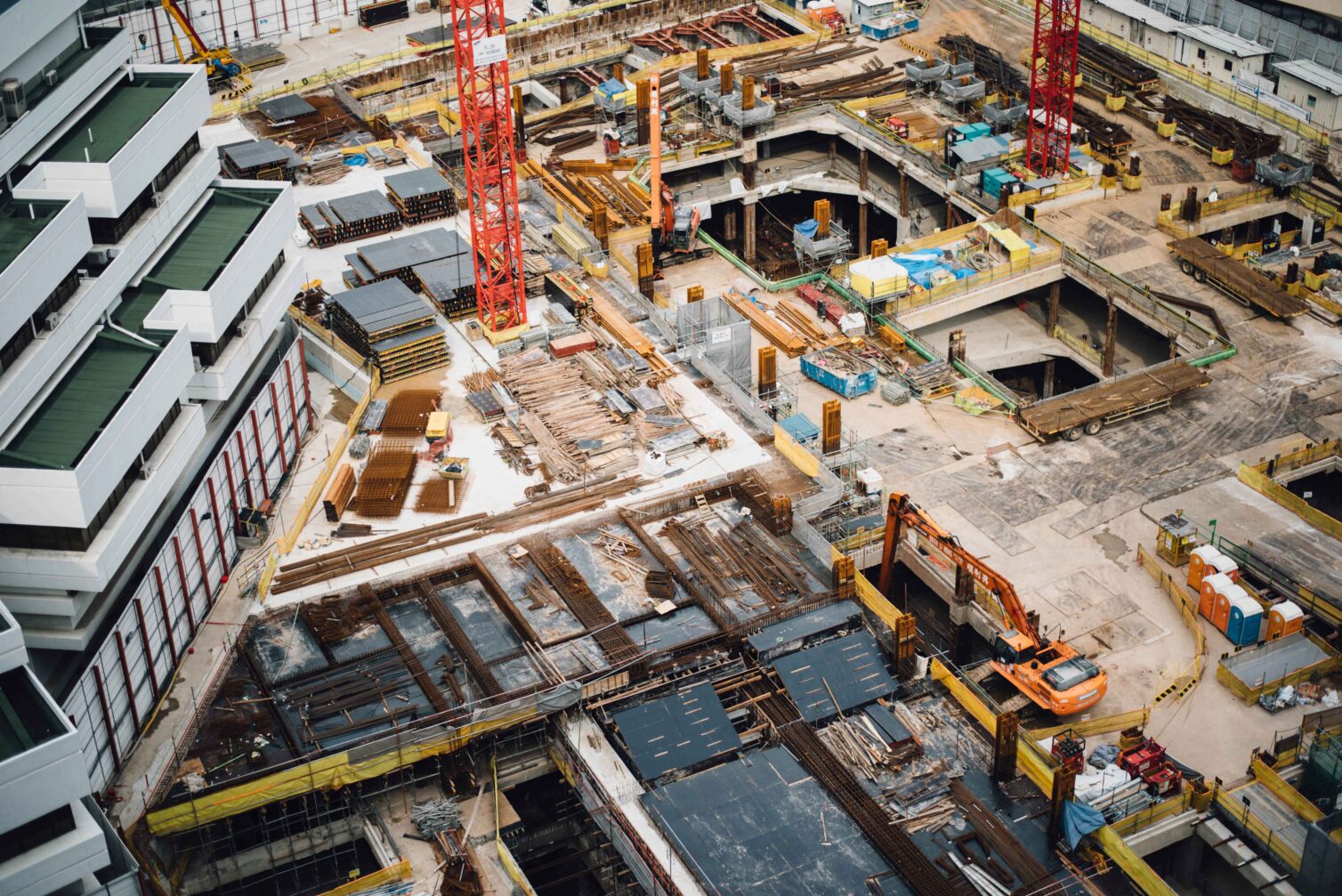Sustainable value engineering: is it possible?


We’ve been thinking about how we can not only identify the goals and strategies for better climate impacts of development, but how we can act to achieve them. In particular, we’ve been examining the role of project managers and quantity surveyors to encourage improvement by design teams in an area that is often missed out on in climate talks: value engineering.
Carbon reduction in buildings has come a long way but we are still behind the curve compared to other industries. Why? Put simply, the willingness to pay for it is still lacking. Quantity surveyors control the purse strings and understand how funds can be spent wisely, but can we factor more sustainable decisions in to the process?
As part of multidisciplinary project teams, members collaborate to achieve a balance of several drivers whilst meeting the client’s brief.
Over the last year, over 1500 organisations comprising architects, engineers, contractors, consultants, and project managers have signed up to the ‘Declare’ movement[i], committing to undertake design and construction with significantly less carbon. This is a leap forward in terms of sustainable development intentions by a large portion of the built environment sector.
However, moving away from bolt on sustainability services towards integrated, holistic and sustainable system design requires a fundamental rethink of the design process. And yet one of the fundamental steps that the sector needs to take is to integrate three key gatekeepers of our build processes: project managers, quantity surveyors and the procurement chain.
“Value engineering is used to solve problems and identify and eliminate unwanted costs, whilst improving function and quality.”
Designing Buildings Wiki
Value engineering for good
In its best possible incarnation, value engineering can get the best out of a design. Some everyday examples of how value engineering can benefit the environment around us include:
- Using a salvaged/reconditioned raised access floor system instead of installing a brand new one.
- Prolonging the life of well-maintained HVAC systems rather than automatically replacing them because the original systems have exceeded CIBSE life expectancy guidelines.
- Using natural materials to replace more carbon intensive, mass produced materials such as PVC.
- Designing out components – e.g. avoiding the use of mastic and sealants to waterproof joints.
- Careful modelling of building performance in use to optimise plant size.
However, at its worst, value engineering could literally cost us the earth. The decisions designers and contractors make now must move us towards Net Zero and it is fundamentally important that those in control of budgets understand the impact of changes to an optimised low carbon design. A tight specification that integrates carbon is essential for good intentions not to be undermined by contractual ‘opportunities’.
Never has a good brief been more important
Clients need to lead in their requirements for moving towards Net Zero. Our respective Declare movements demand that we design and build in the right way. However, if the same goal isn’t shared by our clients, it is quite possible that whilst the value engineering process may satisfy increases in value for cost, programme and quality, the effect on climate and carbon isn’t quantified in the same way.
So, how do we change our processes to achieve a sustainable built environment?

1. Baking and knitting skills – a Project Manager’s discipline
Firstly, project managers are responsible for a setting the tone and the ambition of the project, not to mention the considerable amount of “knitting” that has to happen between the different disciplines. Knowing that sustainability should be baked in from RIBA Stage 1, and not the last thing on the DTM agenda, or bringing in sustainability consultants purely for a planning submission, changes how sustainability is managed and considered throughout the design phase. Advocating to clients at RIBA Stage 0 for a sustainability process to be included can drastically change the project outcomes and value (Yes, even at RIBA Stage 0 there are issues that sustainability professionals can shed light on such as future proofing and circular economy!)
2. Carbon – a Quantity Surveyor’s dream
Secondly, the best Quantity Surveyors (QS) understand the balance of drivers that a design team works with and how best value is attained. Many of these drivers are qualitative and subjective. Carbon, on the other hand, is mostly quantitative* and is highly suited to being part of the QS domain. They measure what they can measure very well, and not what they can’t. Carbon needs to be another column on the QS cost plan.
*Using PAS 2080, EN 15978, the RICS Methodology and some LCA software
3. Procurement – a direct cost link we can’t ignore
Procurement is where the rubber meets the road in terms of carbon. Whether the years of low carbon design work and planning is seen through to the end of construction will be determined by how closely the procurement chain, which can be highly fragmented, follows the product and performance specification.
Designers and contractors need to bring the PM and QS communities and the procurement chain with us on the multiple sustainability narratives we are working through as a sector including: low carbon, whole life carbon and cost, and circular economy. Sustainability professionals understand how a value engineering tweak can significantly impact on these sustainability outcomes. QS professionals are well placed to understand how the desirable sustainability outcomes can impact on the other traditional client drivers. Striking that balance and finding our new normal is difficult but currently, the balance is still weighted towards cost and business directives.
Including these disciplines and specialists as part of a project’s objectives is critical to making sustainability not just a strategy, but a point of action.
Credits: Co-written by Eva MacNamara, Associate Director at Expedition Engineering Ltd
[i] Construction Declares www.constructiondeclares.com covering Architects, Building Services, Civil Engineers, Contractors, Landscape Architects, Project Managers and Structural Engineers Declare pages.